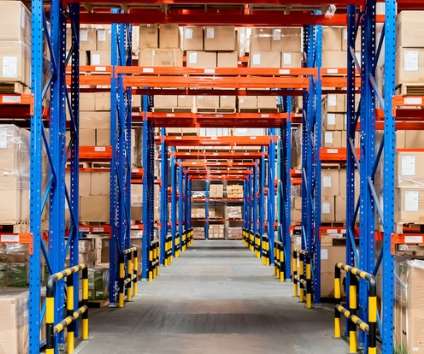21 Sessions, Presentations and Workshops You Can’t Miss at IRCE 2018
BigCommerce
MAY 4, 2018
What to Know Before You Go: Skullcandy is a true omnichannel business. If you want proof of that, just read how AI has increased B2C revenue for Natori in the first months of 2018 alone. In fact, The Knobs Co, a mixed B2B and B2C online seller, won a 2016 Innovation Award for their building out of a visual search tool on site.












Let's personalize your content